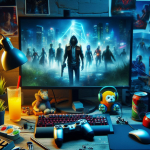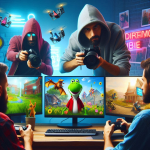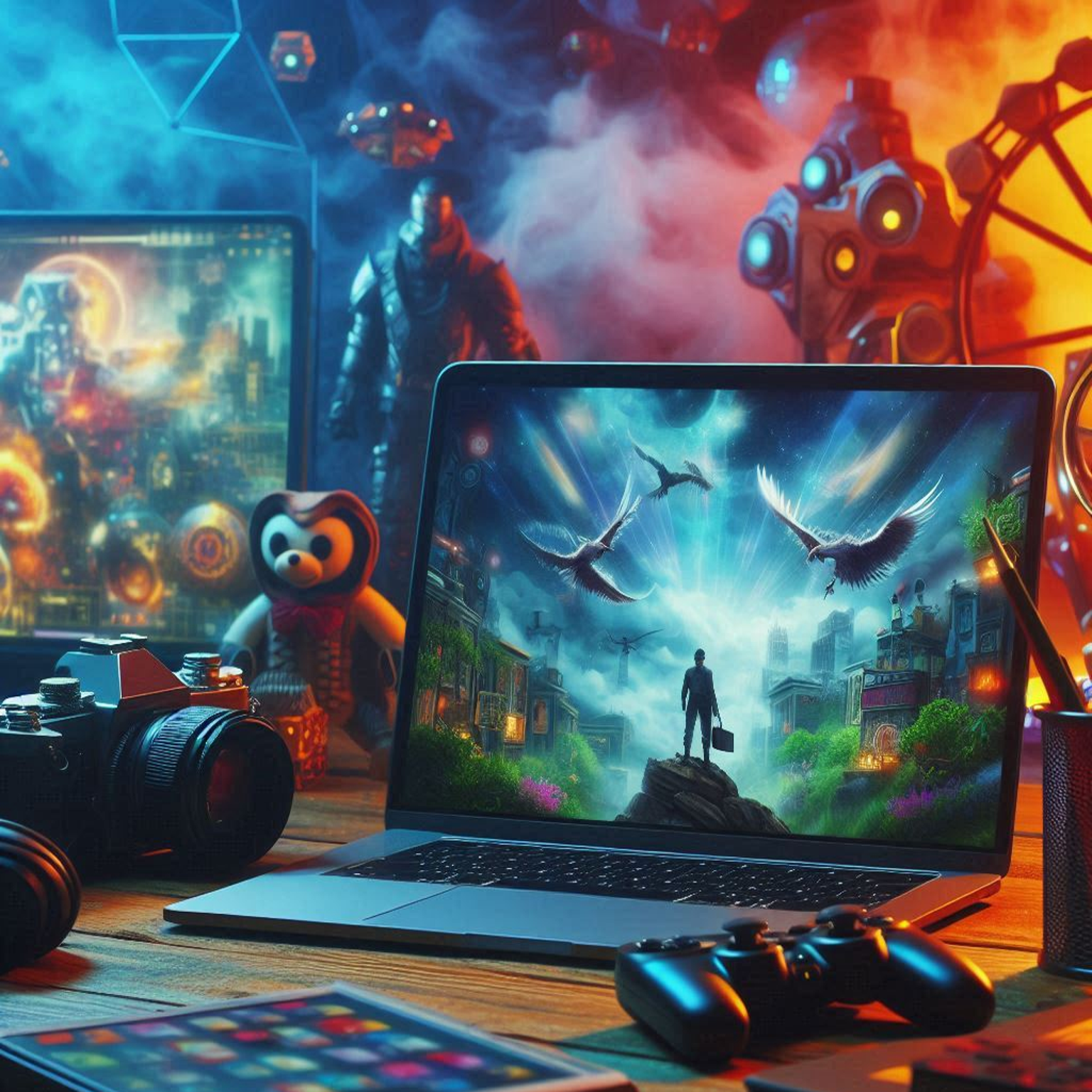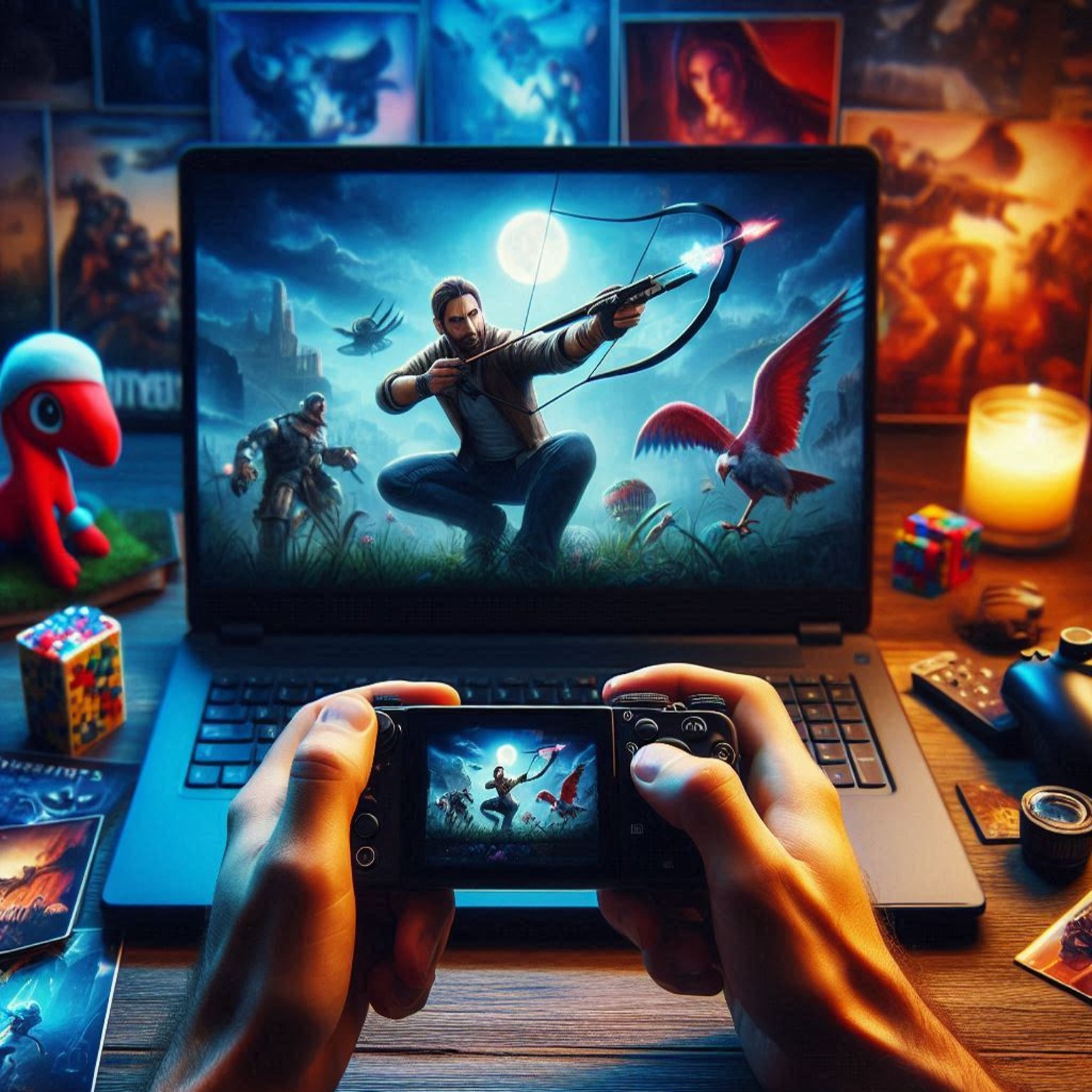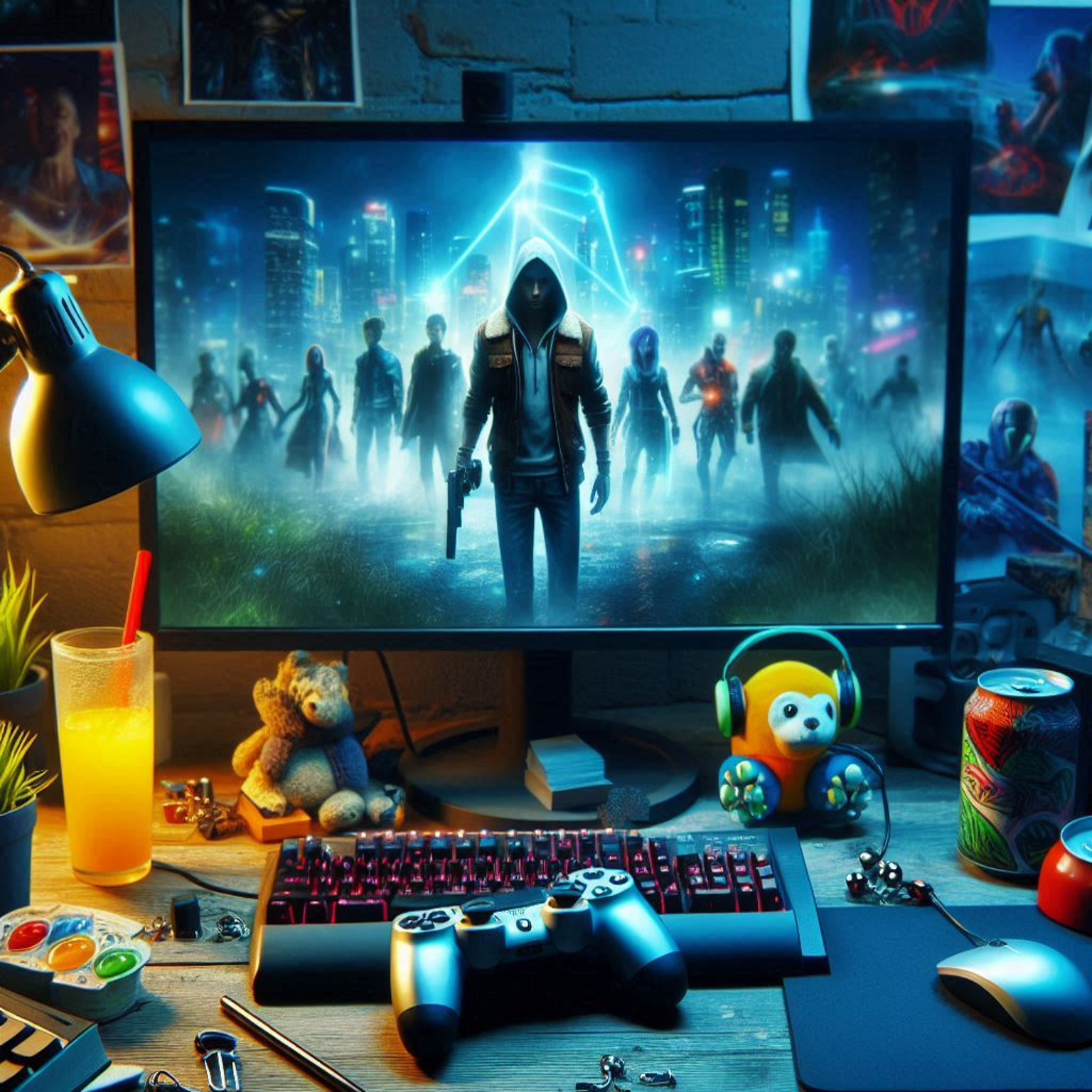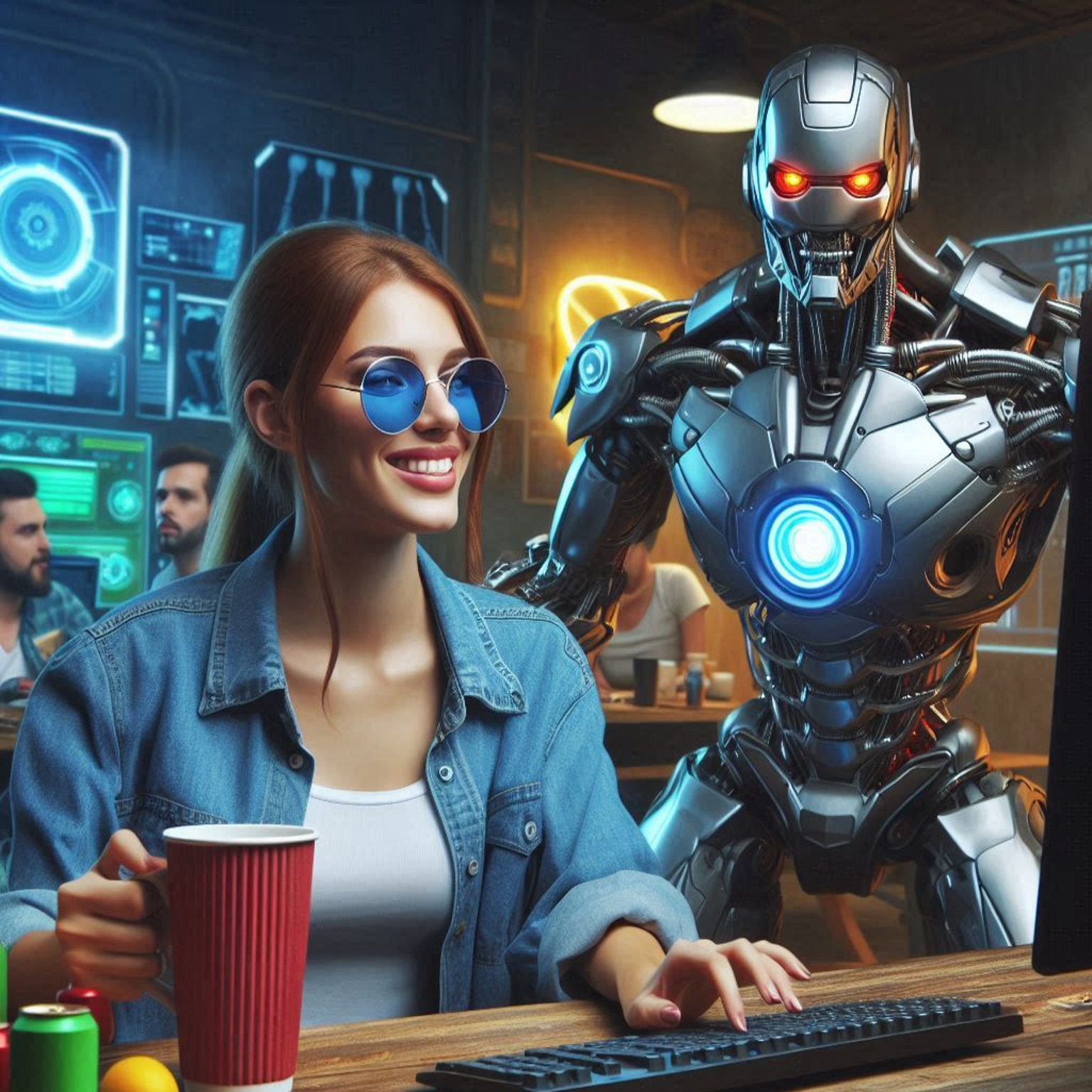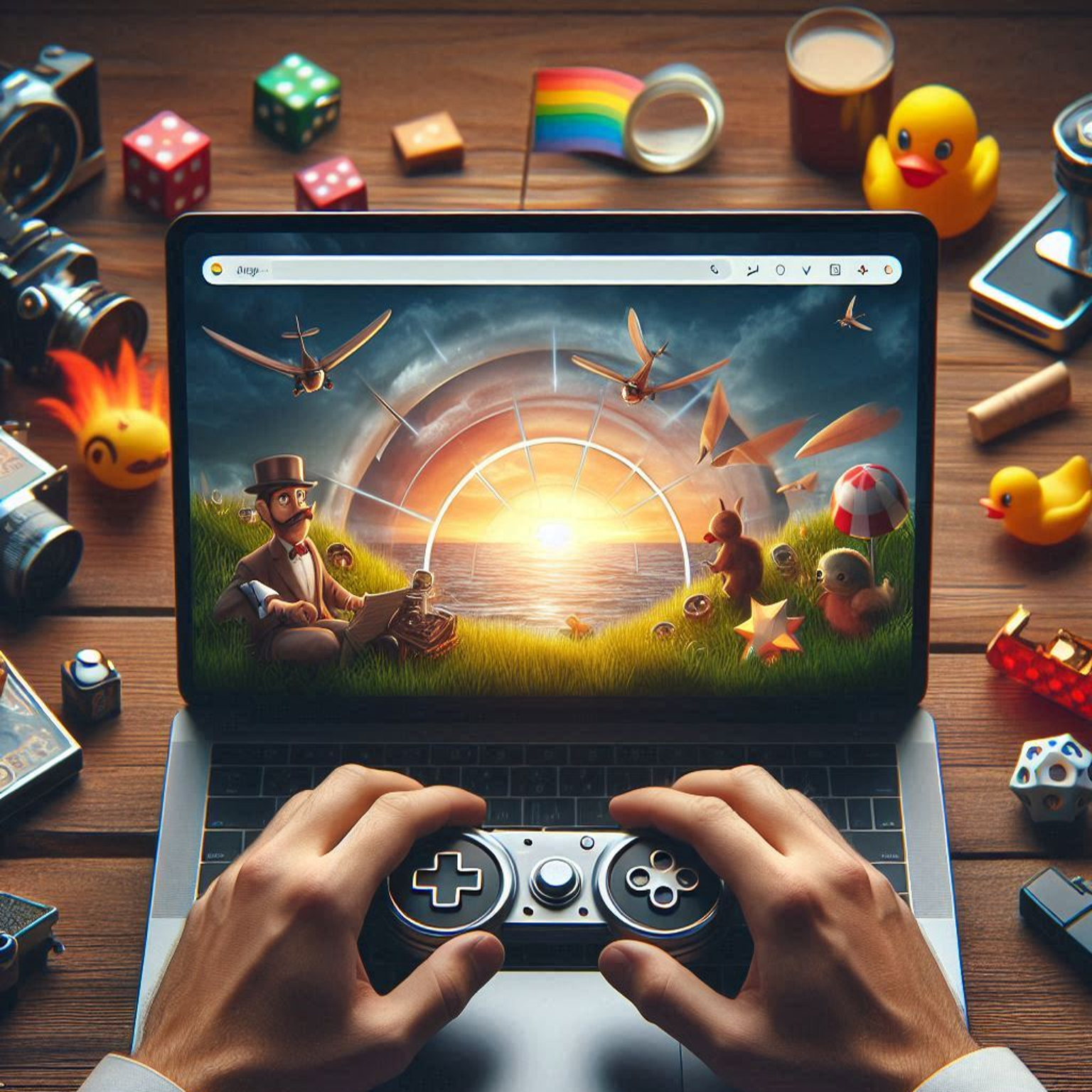Animation in video games has come a long way since the early days of simple sprite movements. Today, high-quality game animation makes players feel like they are truly part of the game world. But how did this all begin? The story starts with artists and programmers who wanted to make games more exciting and lifelike.
At first, games used basic 2D graphics and simple movements. This meant characters could only move in a few ways. As technology improved, game developers began to use 3D graphics, which allowed for more realistic characters and environments. This is where the magic began!
To create high-quality animations, developers use special techniques like motion capture, where real actors’ movements are recorded and translated into the game. This helps make the characters’ movements smoother and more natural. Another important part is keyframing, where animators create important poses or positions, and the computer fills in the gaps. This process makes animations look fluid and lively.
As gamers expect more from their experiences, developers continue to push the boundaries of what is possible. They explore new technologies and techniques that let them create amazing animations that tell a story and draw players in. The exciting adventure of game animation is still evolving, and who knows what the future will bring?
Glossary:
Animation: The process of creating movement in images or characters.
Sprite: A two-dimensional image or animation that is integrated into a larger scene.
3D graphics: Three-dimensional graphics that create depth and realism.
Motion capture: A technology that records real-life movements to use in animations.
Keyframing: A technique where animators create important points in time for animation.
The Story Behind the Development of High-Quality Game Animation
High-quality game animation is essential for creating immersive and engaging gaming experiences. Animation in video games brings characters and worlds to life, making players feel more connected to the game. In this article, we will explore the challenges faced in game animation, the evolution of technologies used, and the solutions that have been developed over time.
Understanding Game Animation
Before diving into the development process, let’s clarify some key terms:
- Animation: The process of creating the illusion of movement by displaying a series of individual images, or frames.
- Rigging: This is the process of creating a skeleton for a 3D model so that it can move in a realistic manner.
- Keyframes: Specific points in the animation where the position, rotation, or scale of an object is defined.
- Motion Capture (MoCap): A technique of recording real human movements and translating them into a digital character animation.
The Evolution of Animation Techniques
Game animation has come a long way since the early days of simple 8-bit graphics. Initially, animators had to rely on basic techniques due to hardware limitations. However, as technology advanced, so did the options available for animators. Below are some important milestones in game animation development:
- Early 2D animation, where each frame was drawn by hand.
- The introduction of 3D animation using polygons, which allowed for more detailed and realistic characters.
- The use of motion capture technology in the 1990s, which significantly improved realism in character movements.
As the industry progressed, so did the expectations of gamers. Today, high-quality animations are crucial for storytelling and player immersion. As stated by a well-known game designer, The quality of animation can make or break the player experience, and we strive for nothing but the best.
Challenges Faced in High-Quality Animation
Despite the advancements in technology, animators still face several challenges:
- Realism vs. Style: Finding a balance between realistic movements and the unique style of the game.
- Budget Constraints: High-quality animation often requires a larger team and more time, which can exceed budget limitations.
- Complexity of Movements: Creating fluid and realistic movements for non-human characters or objects adds an extra layer of difficulty.
One animator noted, The real challenge is to make sure that the animations not only look good but also feel right within the context of the game.
Possible Solutions for Improving Game Animation
To overcome these challenges, several solutions have been implemented in the industry:
- Advanced Rigging Techniques: Using more sophisticated rigging methods that allow for greater flexibility in character animation.
- Blending Animations: Combining multiple animations seamlessly to create smoother transitions during gameplay.
- AI-driven Animation Tools: Implementing artificial intelligence to assist with generating realistic movements based on player actions.
Looking to the Future
As technology continues to advance, the possibilities for game animation are expanding. Virtual and augmented reality are opening new avenues for high-quality animations that enhance immersive experiences. Animators are excited to explore these new technologies, as one industry expert stated, With each new technology, we have the opportunity to take storytelling and player engagement to new heights.
The Importance of Collaboration
High-quality game animation is not just the work of individual animators; it is a collaborative effort that involves game designers, sound engineers, and programmers. Effective communication and teamwork are essential for achieving the best results.
| Animator | Creates character movements and animations. |
| Game Designer | Defines how characters should behave and interact. |
| Sound Engineer | Adds audio elements that complement animations. |
| Programmer | Integrates animations into the game engine. |
In summary, the development of high-quality game animation is a complex and evolving field. By understanding the challenges and the collaborative efforts required, we can appreciate the incredible work that goes into making our favorite games come alive.
What is high-quality game animation?
High-quality game animation refers to the art of creating fluid and realistic movements for characters and objects in video games. It involves meticulous attention to detail, ensuring that every action appears natural and enhances the overall gaming experience.
Why is animation important in video games?
Animation plays a crucial role in storytelling and gameplay. It helps convey emotions, express character personalities, and enhance immersion. Good animation can significantly improve the player’s connection to the game world, making it more engaging and believable.
What are the steps involved in developing game animation?
The development of game animation typically involves several steps, including concept art creation, rigging (creating a skeleton for a model), keyframe animation (setting pivotal poses), motion capture (capturing real-life movements), and final rendering. Each step must be carried out with precision to achieve the desired quality.
How has technology influenced game animation?
Advancements in technology have dramatically transformed game animation. Modern tools and software allow animators to create more complex and realistic movements. Techniques such as motion capture, real-time rendering, and advanced physics simulations have elevated the quality of animation in games.
What challenges do animators face when creating high-quality animations?
Animators encounter various challenges, including achieving realism while maintaining artistic style, optimizing animations for performance, and ensuring animations align perfectly with gameplay mechanics. Balancing these factors requires creativity and technical skill.
How do animators ensure consistency in character animations?
Consistency in character animations is maintained through the development of a robust animation pipeline and style guide. Animators work collaboratively to establish a unified vision for character movements, ensuring that animations remain consistent across different scenarios and game situations.
Can game animation be improved after a game is released?
Yes, game animation can be improved post-release through patches and updates. Developers often listen to player feedback and monitor gameplay, making adjustments to animations that may not have met expectations or could enhance the gameplay experience.
What role does player feedback play in the animation process?
Player feedback is invaluable in the animation process. It helps animators understand how players interact with characters and animations in real-time. This feedback drives improvements and informs decisions on what might enhance player engagement or enjoyment.
What are some examples of games known for their high-quality animation?
Several games are renowned for their exceptional animation quality, including “The Last of Us,” “God of War,” and “Red Dead Redemption 2.” These titles showcase the meticulous work of animators in bringing characters and environments to life in stunning detail.

